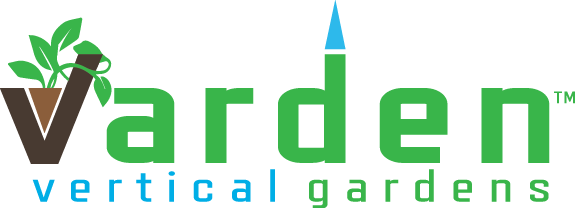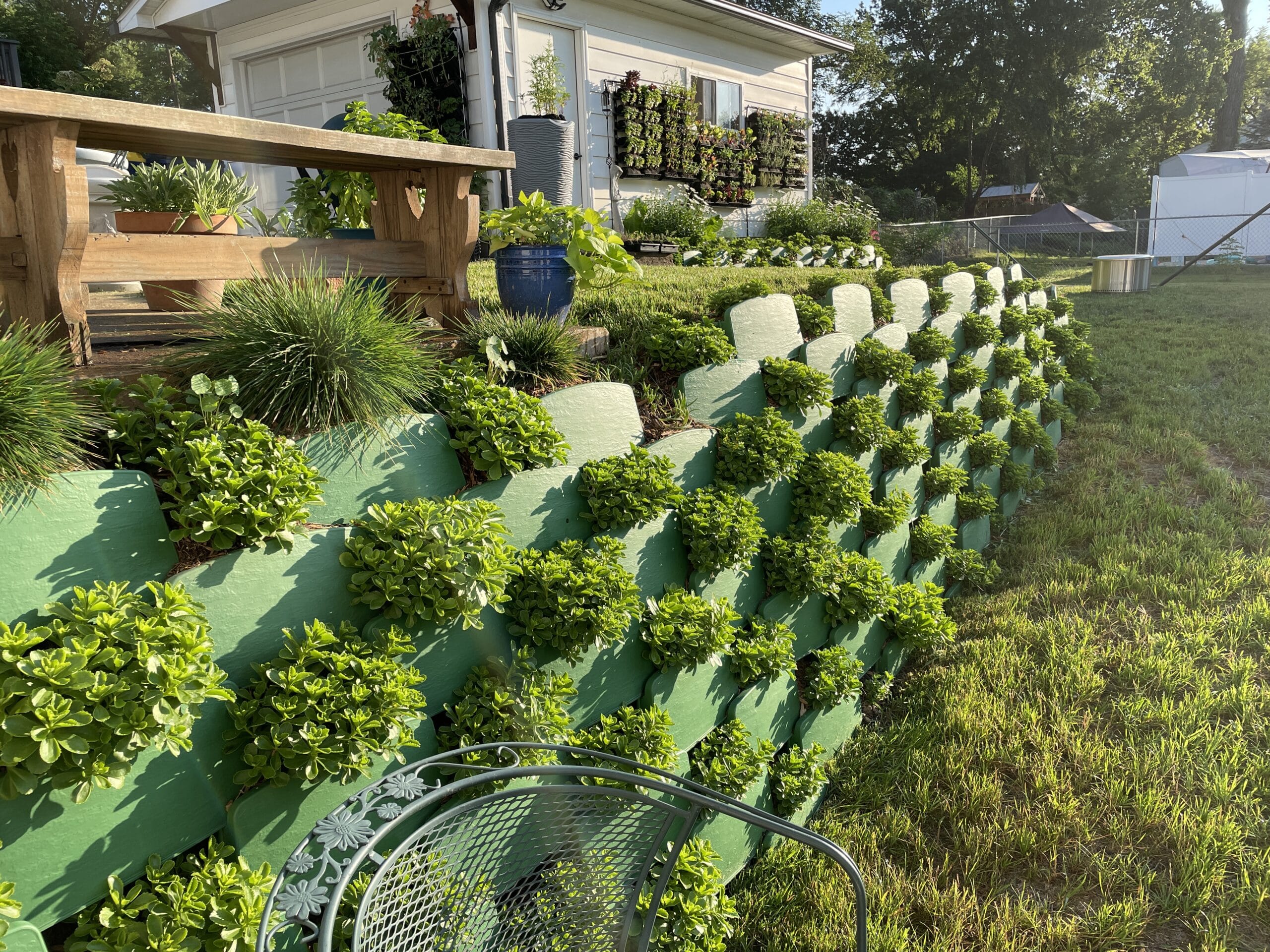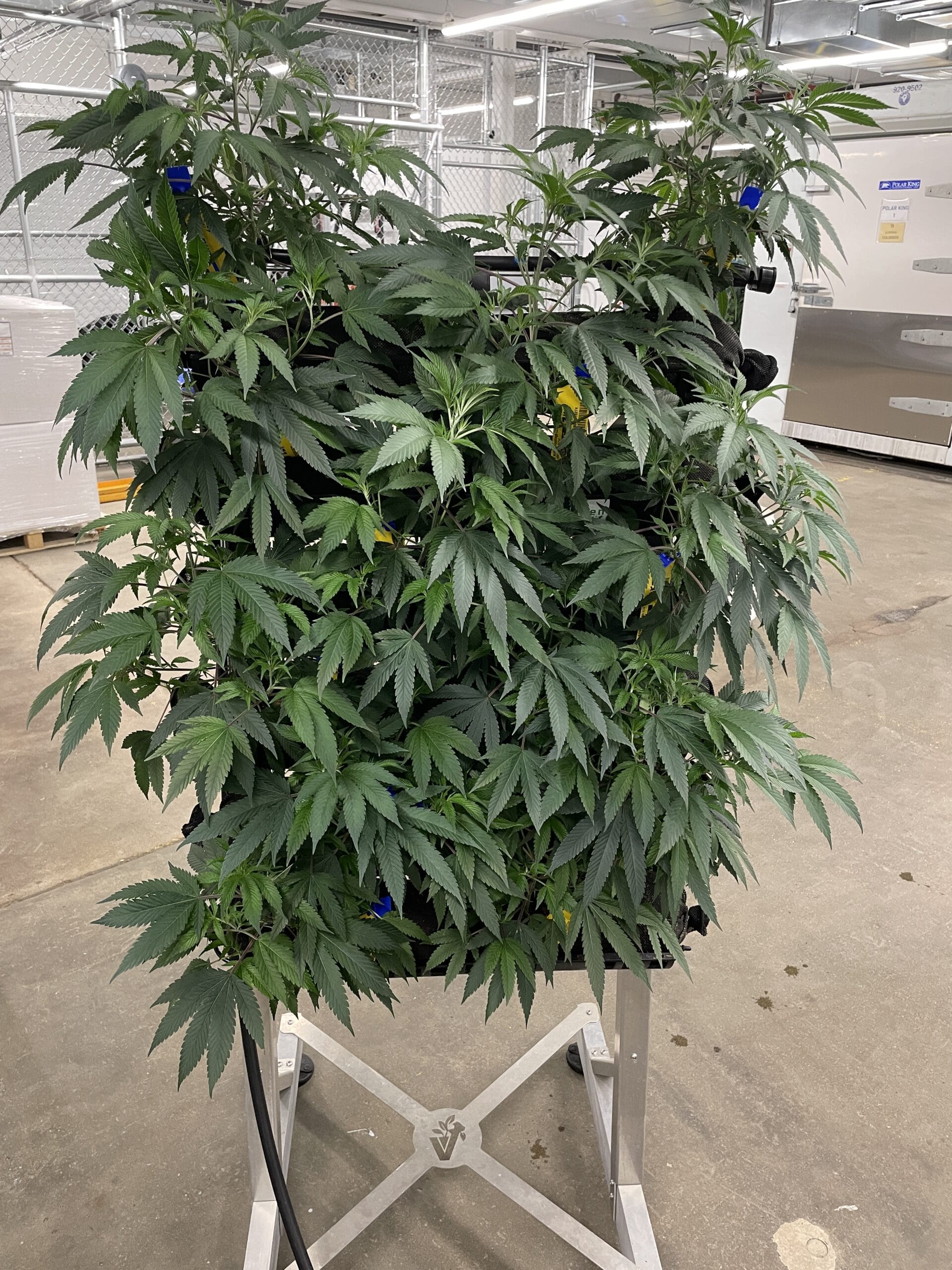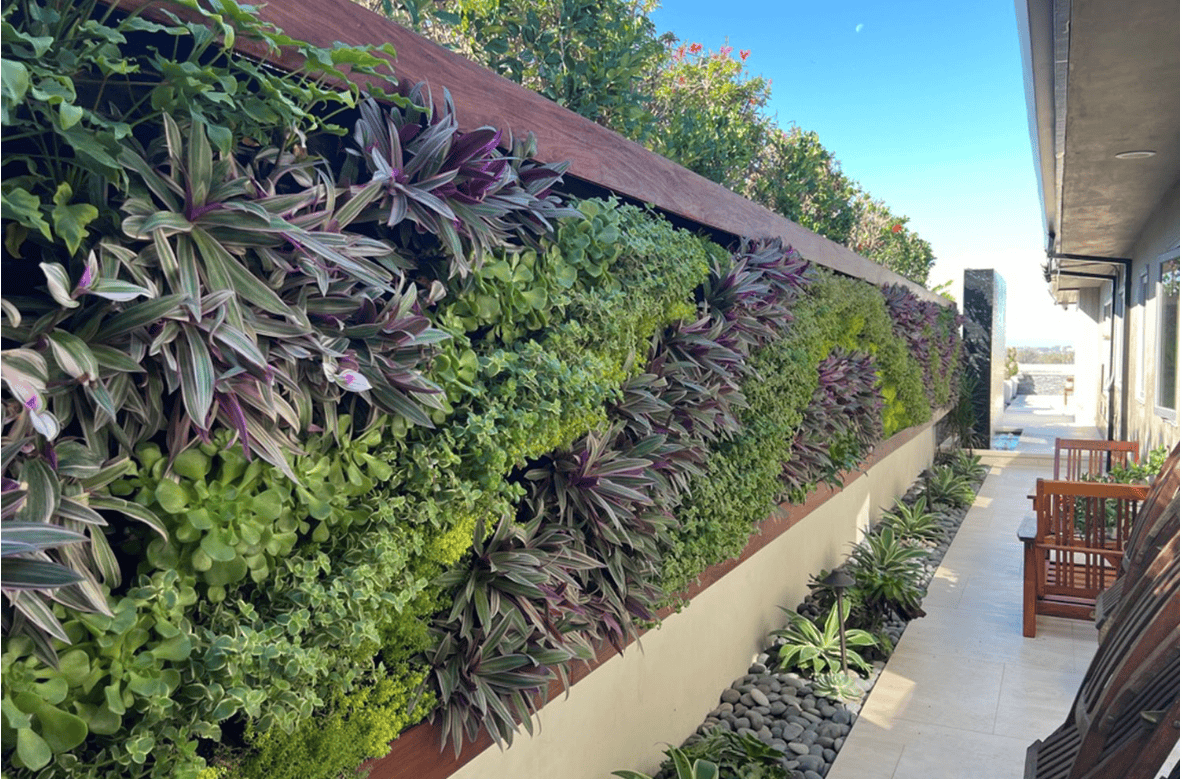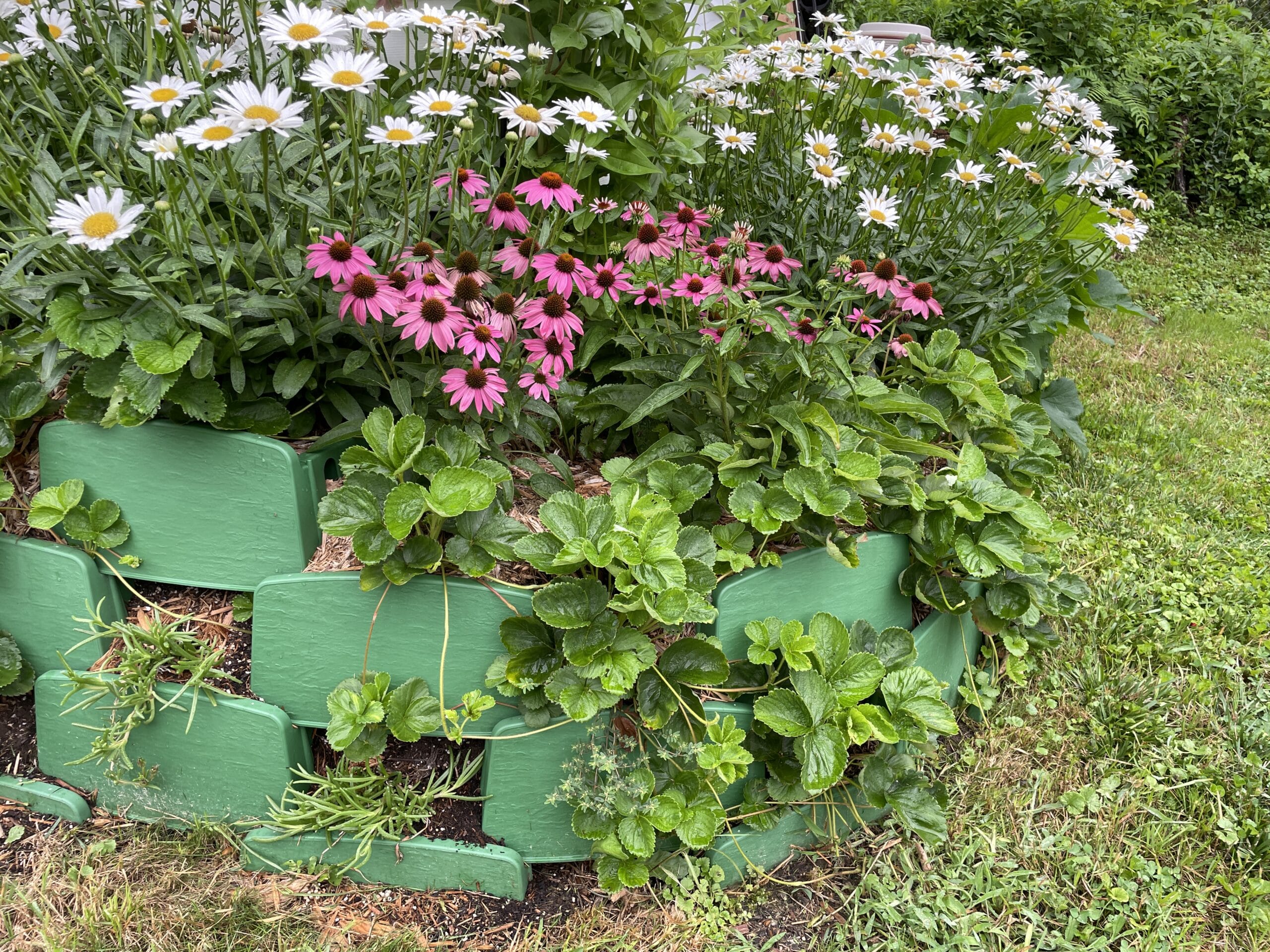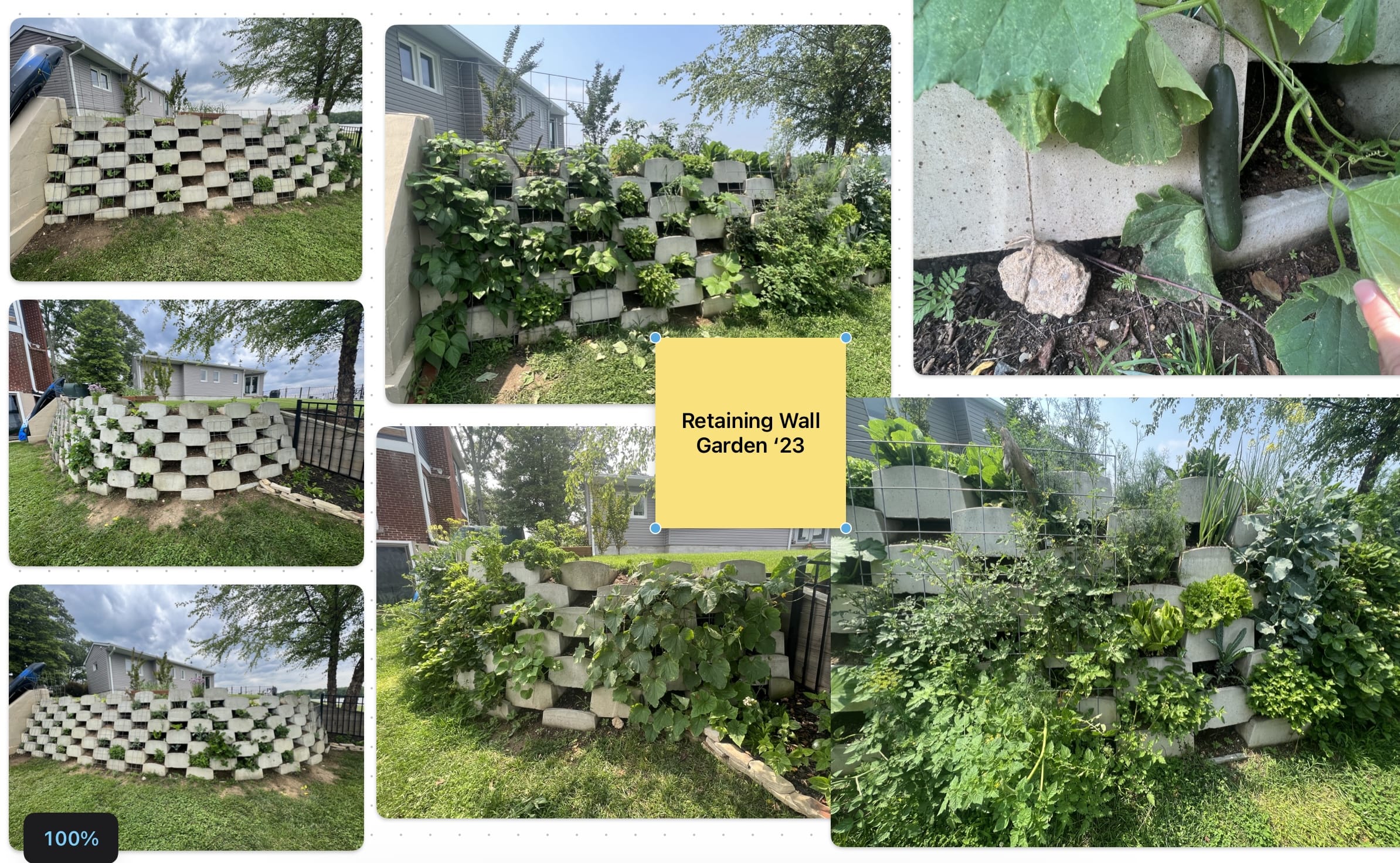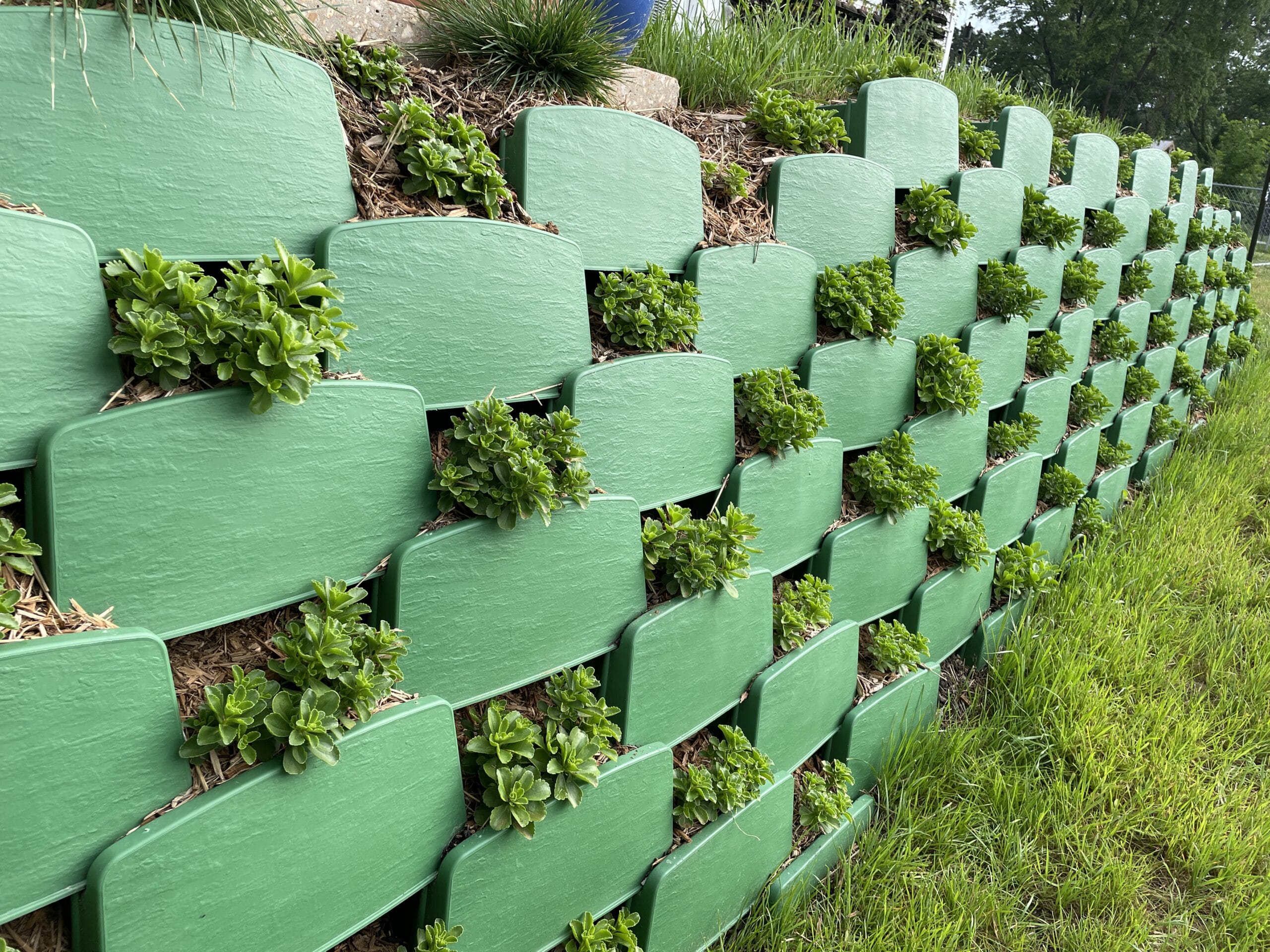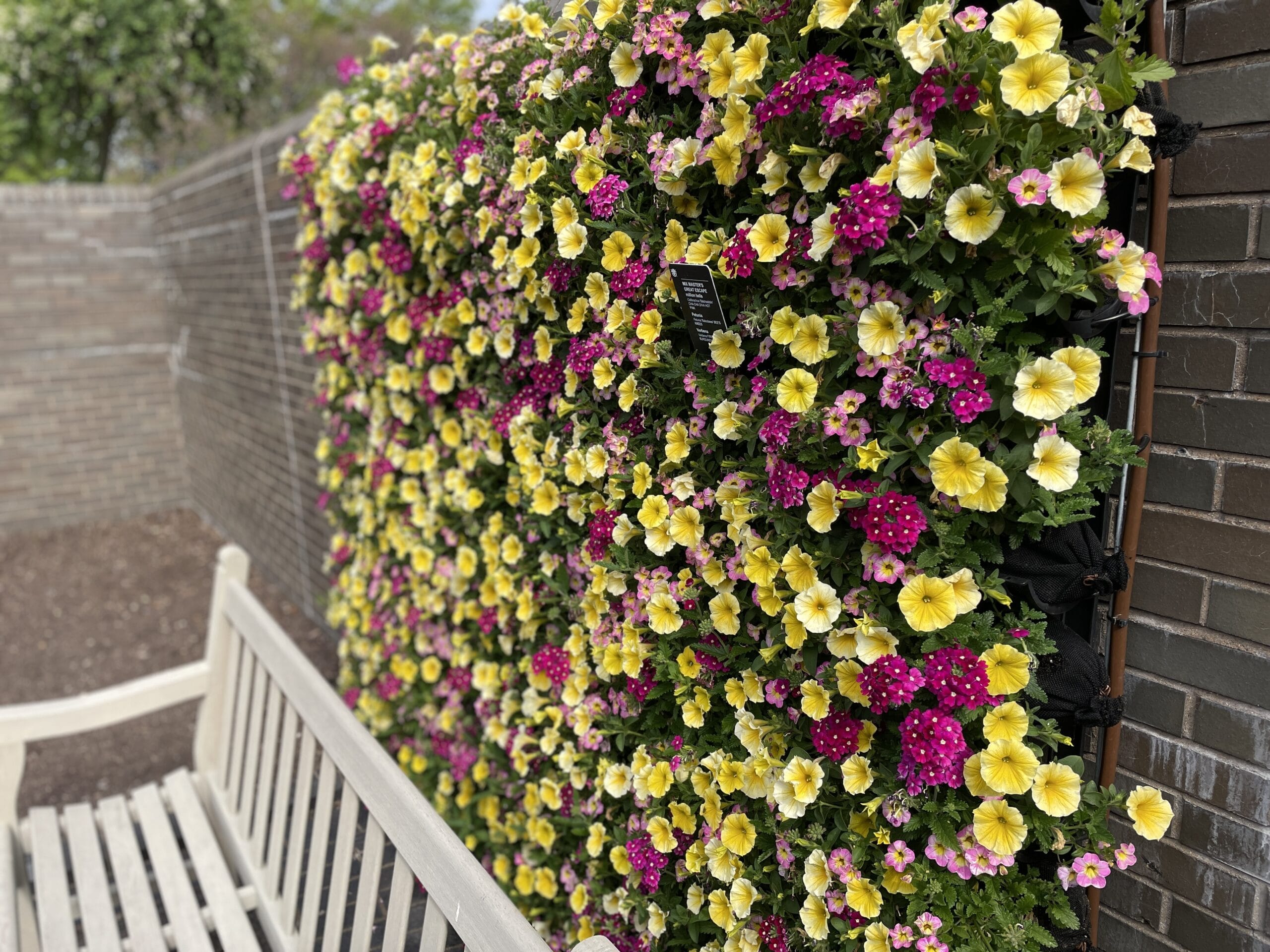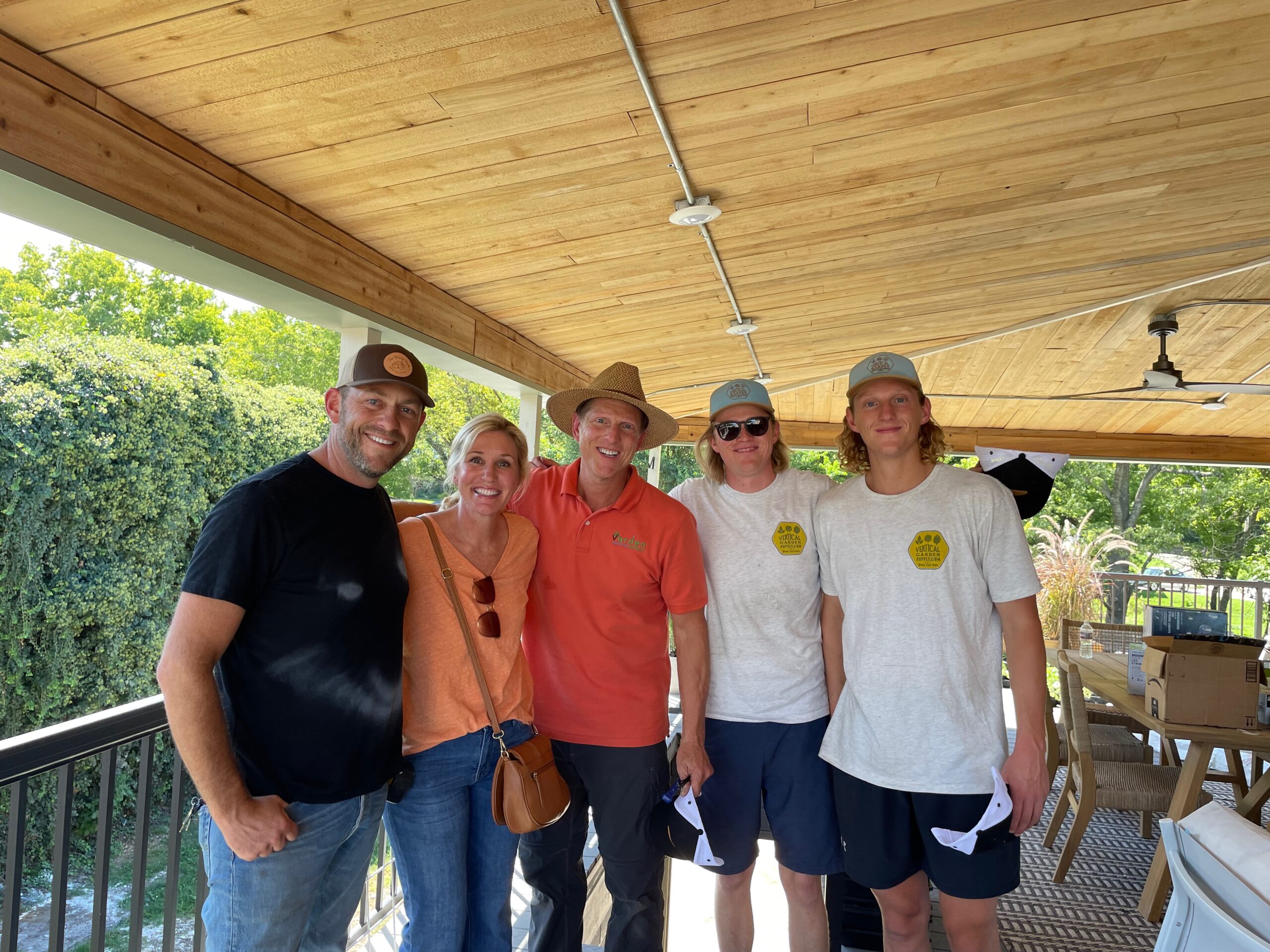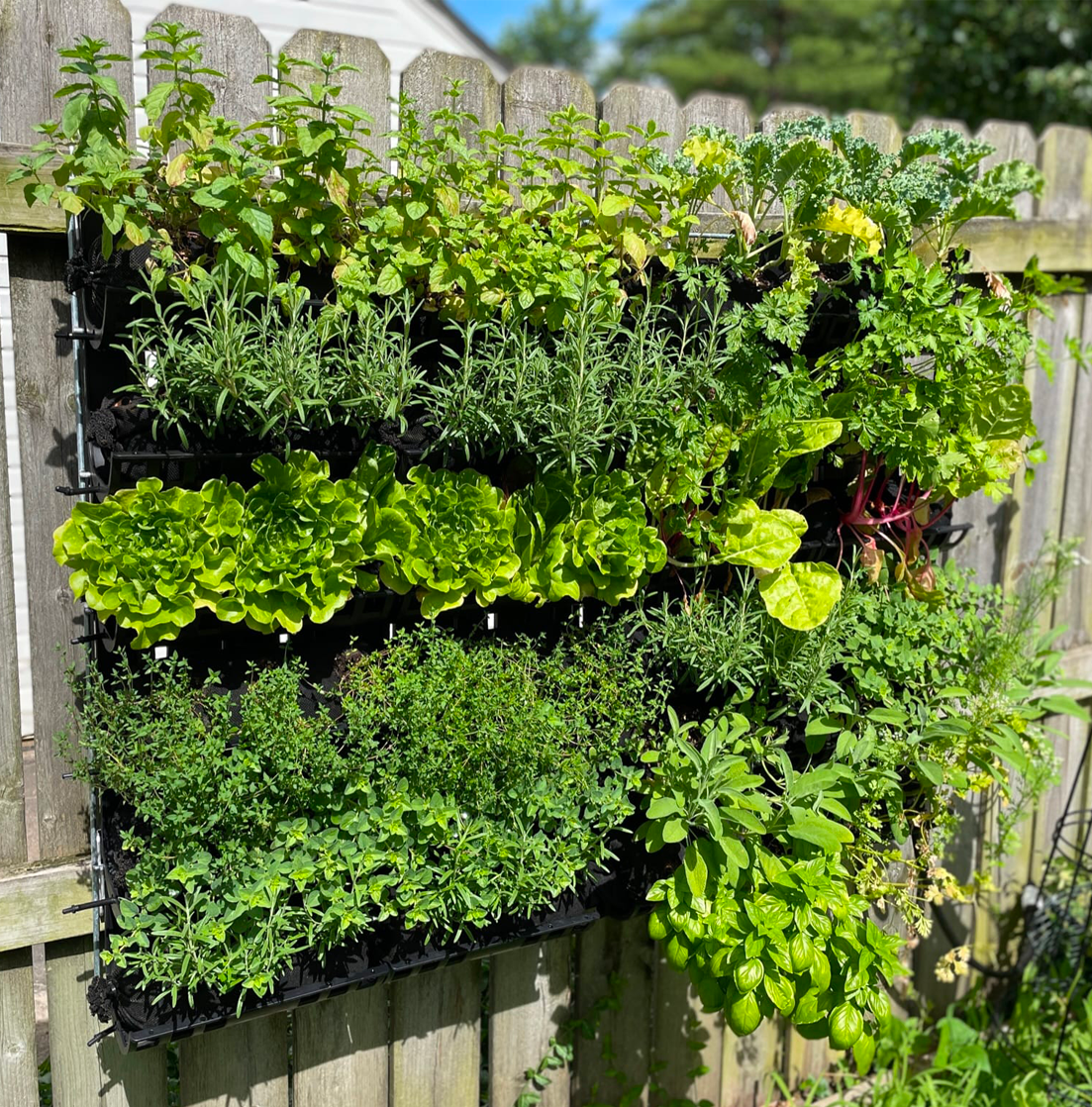Vertical growing is the future of small-space gardening. But just getting started with your first vertical planting system may leave you wondering just how long you need to wait before you can enjoy delicious fresh herbs, veggies, and fruits that you’ve grown yourself.
Are you looking to optimize your garden space and get fresh food as soon as possible? I’ll let you in on my ultimate hack for growing vertically as quickly as possible.
Verdtech’s Ultimate Rapid Vertical Gardening Hack
My experience has been that using live plugs is the fastest way to get an excellent and productive vertical vegetable garden or herb garden.
(That said, I still get a lot of satisfaction from planting seed directly into the holes cut into my Vardensok and watching the entire lifecycle of a plant unfold right before my eyes. It really feels like traditional gardening, too!)
Of course, while using plugs may be fast, it isn’t always easy.
One of the obstacles to vertical gardening—in our system and many others—is the size of available live plugs and the types of plants you want to grow. Many garden centers and hardware stores carry live edible plants for gardeners, like chives, cucumbers, and cherry tomatoes, that thrive in traditional raised beds. But, it really is hard to find anything with a small, well-rooted plug that makes planting easy in a vertical planter.
Trying to stuff a 4 to 6-inch potted herb or leafy green into the Vardensok is stressful on the plant and can be a bit of a chore, all of which becomes problematic. For that reason, we began offering better-optimized vertical planting options for our customers.
We now offer fully grown-out Vardensoks and Fast Start live plugs at just the right size for our socks or pouches. Grown in Ellepots, their robust root system that takes off quickly once you introduce them to your Varden vertical garden, thanks to the ideal growing conditions our system creates.
Your Vertical Gardening Questions, Answered
Over the 30 years I’ve been on the vertical gardening scene, I’ve been asked plenty of questions about how to maximize vertical gardening space. Some of the most common concerns I’ve come across—and can address for you—include the following.
How do you arrange plants in a vertical garden?
The truth is, there is no one-size-fits-all approach to arranging plants—and that’s the beauty of it! It’s your garden, which means you can arrange it however you see fit. That said, you do have to keep in mind plant growth and size. If the plants at your top row will grow out and over, you will need shade-tolerant plants on lower levels as plants that require full sun conditions will likely wilt in these conditions.
What plants grow well in vertical gardens?
When many people think of vertical planting, they think of climbing plants like melons crawling up a traditional trellis. But you don’t need that to have a productive garden.
Plenty of plants thrive in our system’s vertical growing conditions, such as:
- Vegetables like kale, radishes, Swiss chard, lettuce, and spinach
- Berries
- Herbs like chives, sage, cilantro, rosemary, and mint
- Houseplants like ferns and pothos
- Popular flowers like pansies and begonias
- Succulents
What is the difference between a vertical garden and a garden bed?
A traditional garden bed is a sectioned off area where people grow their garden on the ground level. Most people grow them in an outdoor space like their front lawns. A vertical garden—you guessed it!—is a garden that instead grows up into the air rather than along the ground horizontally.
We love vertical systems for a wide range of reasons, the most important of which is that they take up less space than traditional gardening because they grow in vertical space.
Do you need to water a vertical garden?
Vertical systems need water just like any other garden. Our drip-irrigation system allows you to conserve water and deliver needed nutrients directly to your plants’ roots so they can thrive with ease.
Do vertical gardens need soil?
Some vertical systems like hydroponic systems do not use soil. Our system does, though, because we believe that the best growing conditions are the ones that mimic nature. You can fill our Vardensoks with any variety of potting soil or you can grab pre-filled socks that use our blend of soil composted right here in St. Louis, Missouri.
How do you prepare the soil for a vertical garden?
You prep soil for vertical systems the same as any garden; the secret is to not pack soil too tightly when you do it. If you want to bypass the soil prep, though, you can order our grown-out Vardensok planters, which already come with soil inside. All you need to do is cut out growing holes, plant your seeds or plugs, and watch the magic happen!
